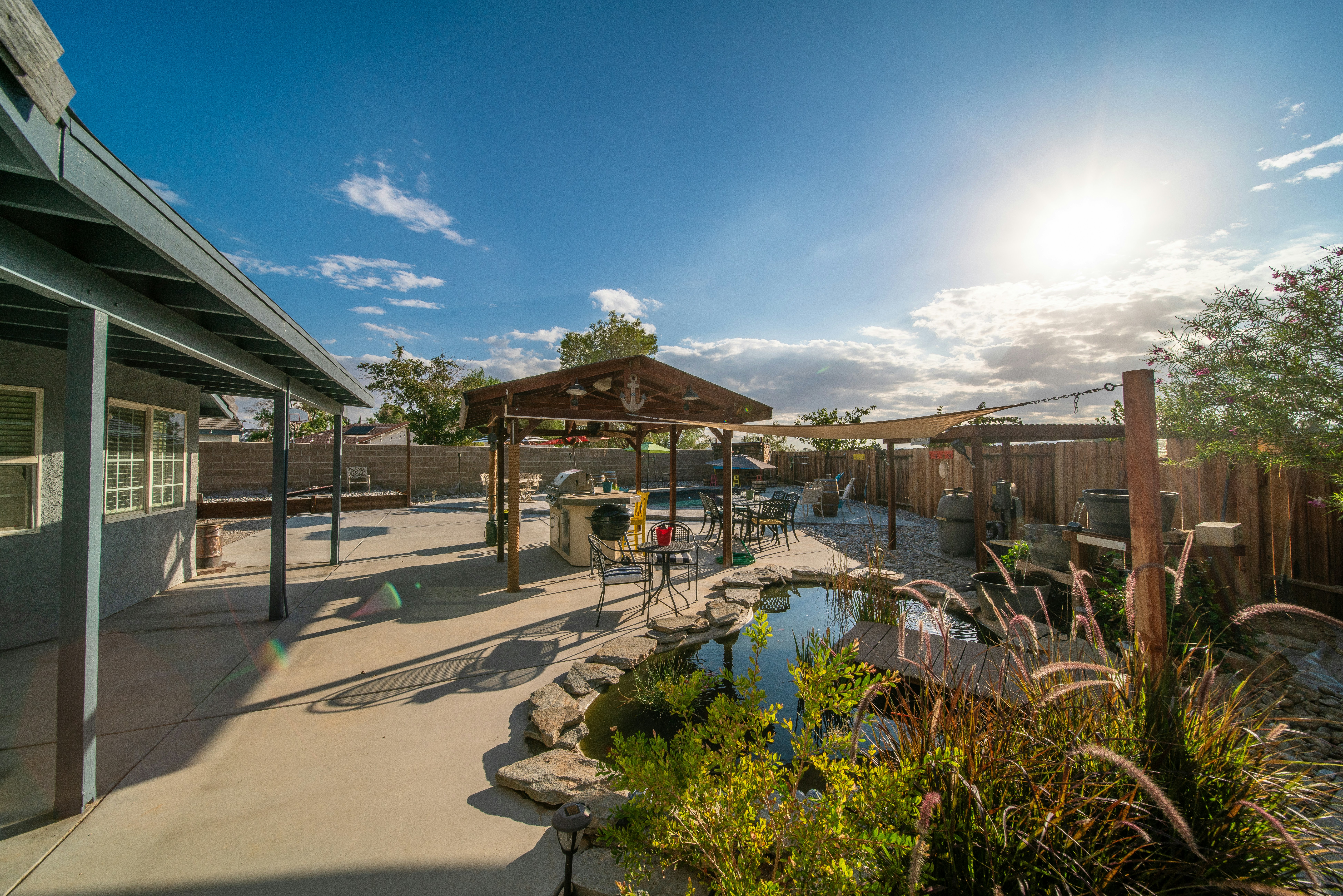"Reimagining Spaces: The Rise of Multi-Functional Home Design"
The concept of multi-functional home design has its roots in the increasingly urbanized world of the 20th century. As cities grew denser and living spaces smaller, homeowners started looking for ways to maximize their available space. This gave rise to the idea of furniture and spaces serving multiple purposes, a trend that has only accelerated in the 21st century.

As our lives become busier and our homes need to accommodate various activities, from work and leisure to fitness and relaxation, multi-functional design has become a necessity. This design approach has grown beyond merely being a trend to a significant aspect of modern living.
The Current Wave: Modern Multi-Functional Home Design
In today’s fast-paced world, where the lines between work and home often blur, multi-functional home design has never been more relevant. The ongoing pandemic has further underscored the importance of having a flexible and adaptable living space.
A multi-functional space could be a living room that doubles up as a home office, a kitchen counter that serves as a dining table, or a guest room that can be transformed into a home gym. The possibilities are endless, depending on the homeowner’s lifestyle and needs.
The Practicality of Multi-Functional Design
Multi-functional design is not just about making the most of a small space. It’s also about creating a home that can adapt to changing lifestyles and needs. A multi-functional space can evolve with its inhabitants, offering the flexibility to accommodate new hobbies, work demands, or family changes.
Market trends indicate a growing demand for multi-functional furniture and design solutions. Consumers are seeking out versatile pieces that offer multiple uses without compromising on style or comfort. This shift towards functional yet aesthetically pleasing design reflects a broader societal trend towards efficiency and adaptability.
The Influence on Daily Life
The impact of multi-functional design on daily life cannot be overstated. It enables homeowners to create spaces that are uniquely tailored to their needs and lifestyles. Whether it’s a small apartment in a bustling city or a spacious suburban home, multi-functional design can enhance functionality and comfort.
For instance, a dining table that doubles as a workstation can make it easier to switch between work and leisure. A guest room that can transform into a home gym can encourage regular exercise. By creating spaces that serve multiple purposes, multi-functional design can significantly improve the quality of life.
The Future of Multi-Functional Home Design
As urbanization continues and our lives become increasingly digital, the demand for multi-functional home design is likely to increase. The future of this design trend lies in innovative solutions that can seamlessly integrate technology and space-saving features.
From smart furniture that can adapt to different uses to modular designs that can be reconfigured as needed, the possibilities are exciting. As we continue to reimagine our living spaces, multi-functional design will undoubtedly play a crucial role in shaping the homes of the future.
In conclusion, multi-functional home design is more than just a trend; it’s a reflection of our changing lifestyles and needs. By offering flexibility and adaptability, this design approach allows homeowners to create spaces that are not only stylish but also functional and efficient. As we look to the future, it’s clear that multi-functional design will continue to influence how we live and interact with our homes.




